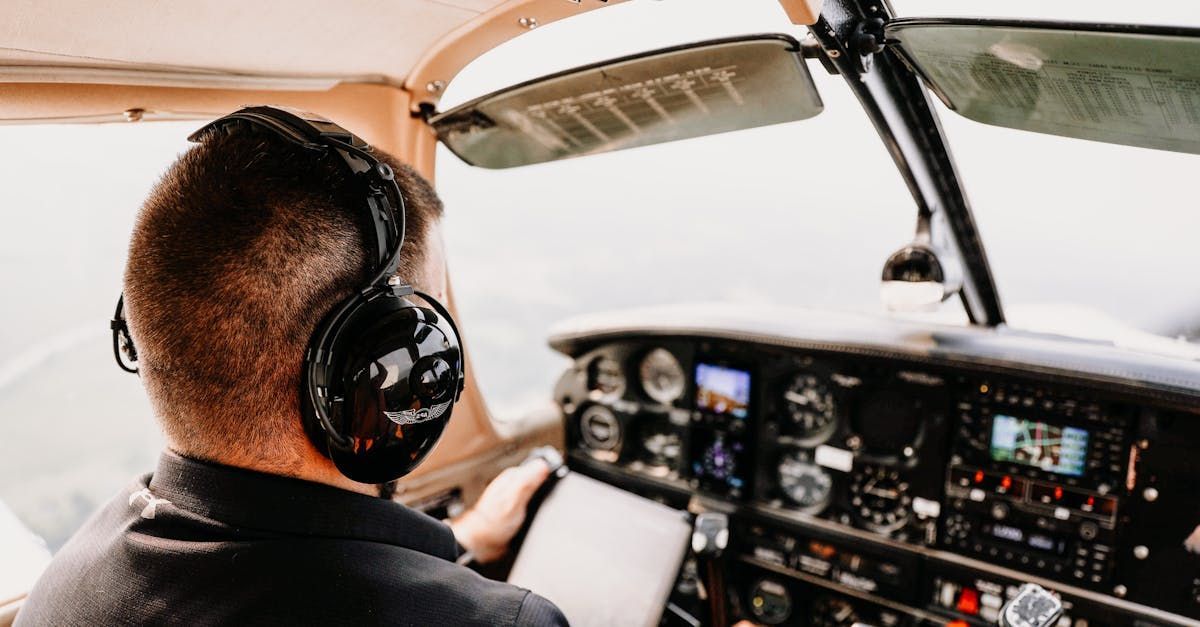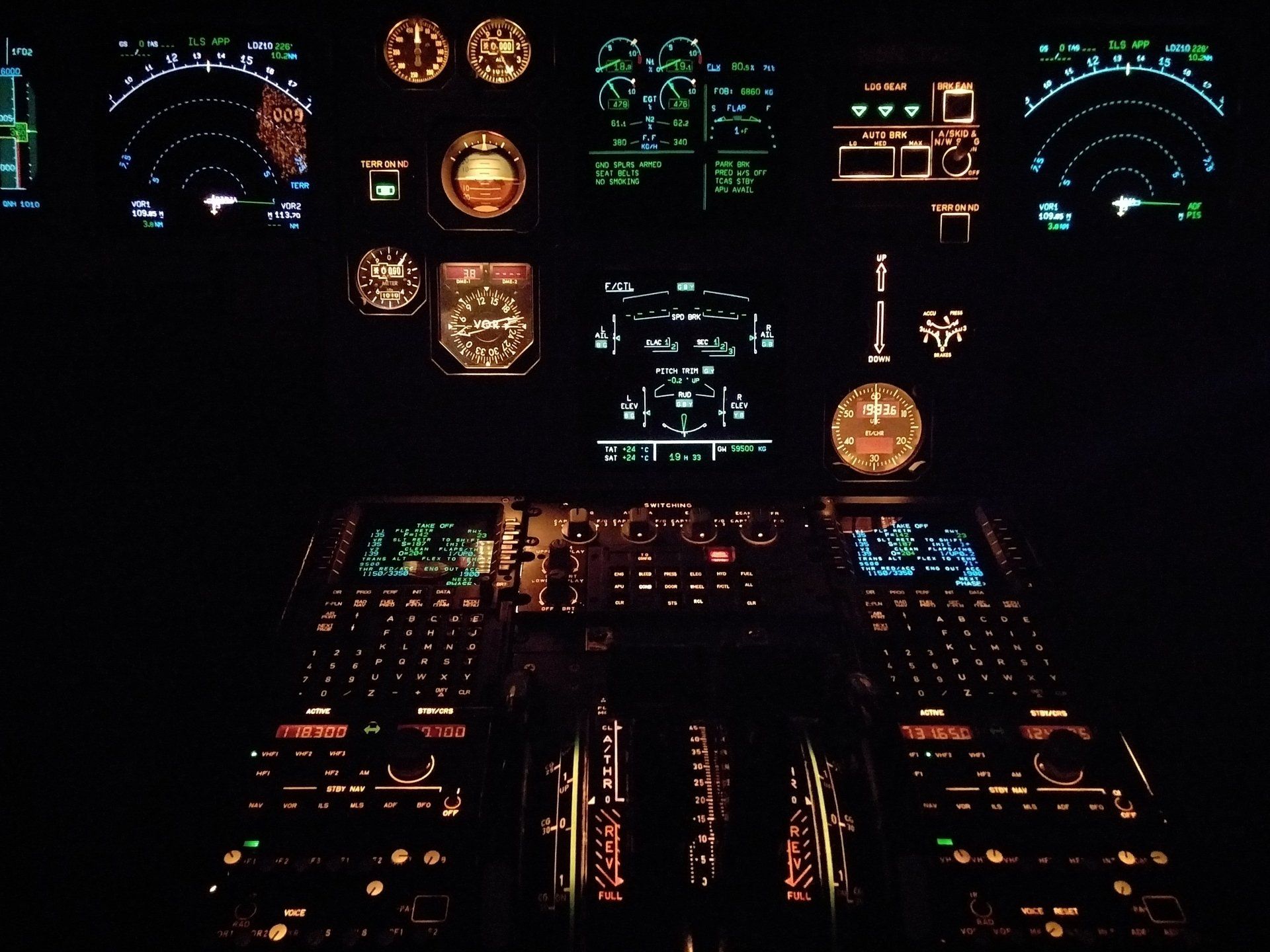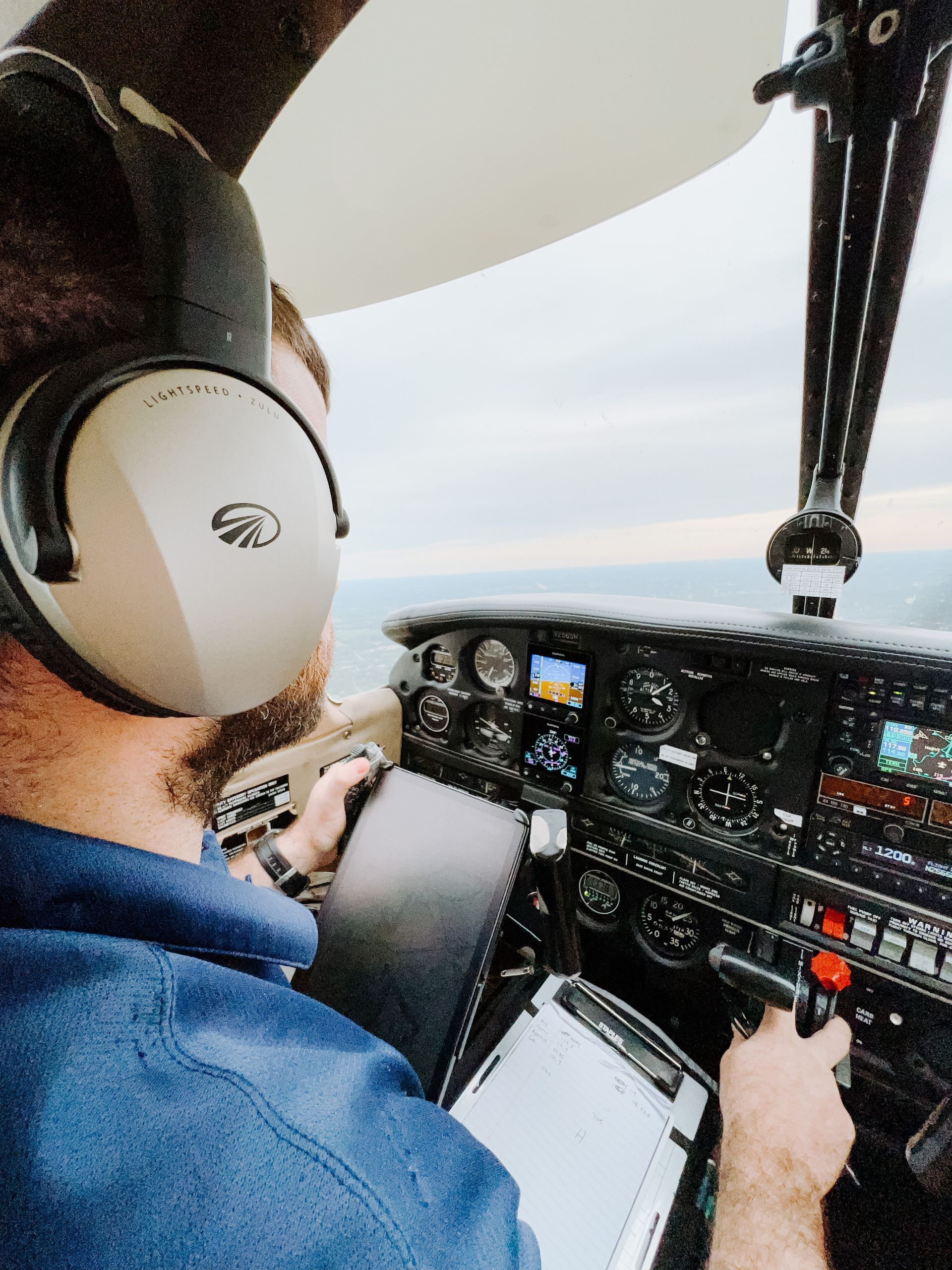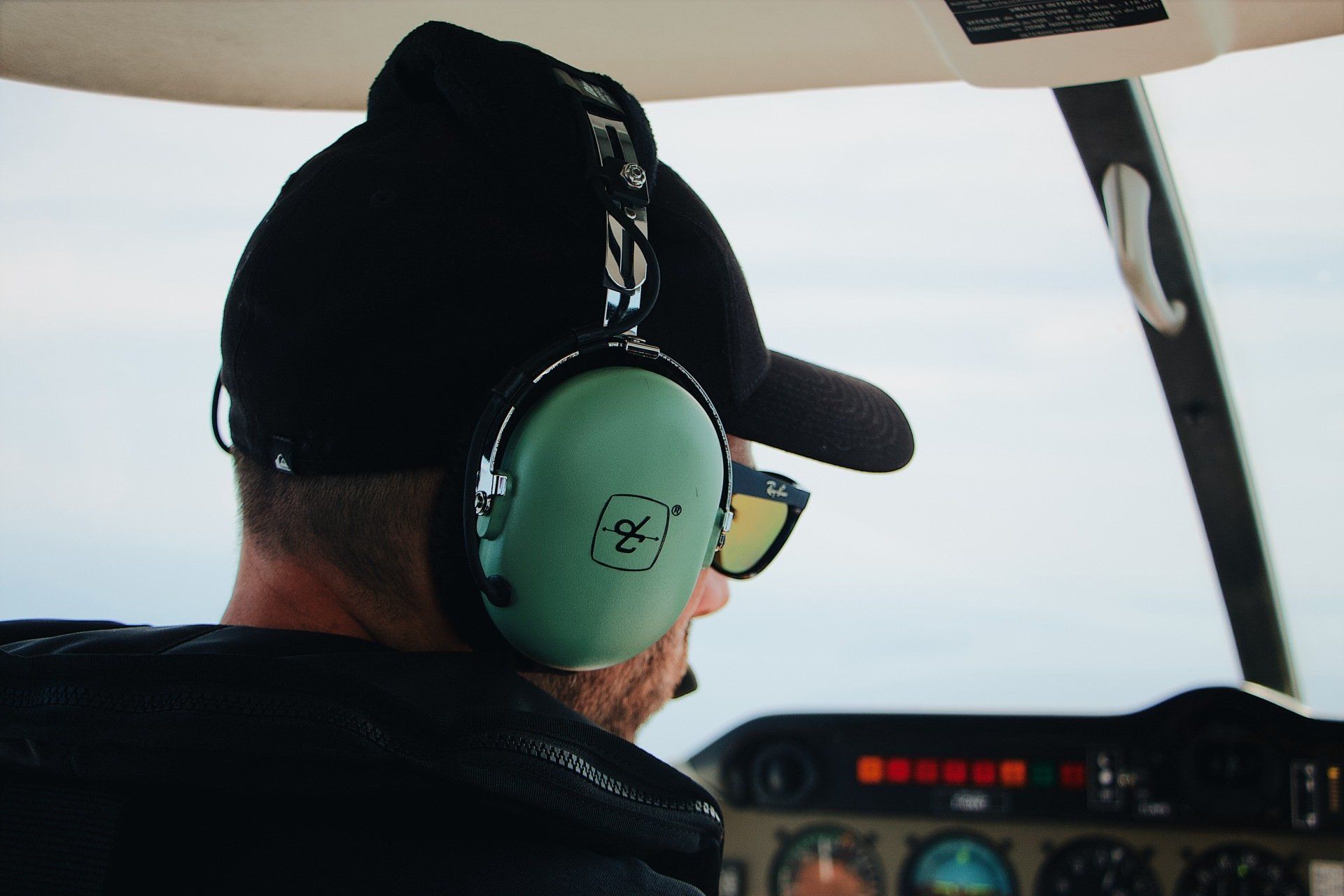A Beginner's Guide to Choosing the Right Flight School
A guide to help you navigate the skies of flight training options.

Choosing the right flight school is one of the most important decisions you'll make on your journey to becoming a pilot. Whether you're dreaming of a career in the cockpit or simply aiming for the skies as a hobby, the quality of your training will set the foundation for all your airborne adventures. Here's a guide to help you navigate the skies of flight training options and find the flight school that will best suit your aspirations.
Research is Key
Before you start comparing flight schools, it's crucial to understand what you're looking for. Are you interested in obtaining a private pilot license (PPL), or are you planning to pursue a career as a commercial pilot? The type of training programs offered by flight schools can vary significantly, so knowing your end goal helps narrow down the options.
Location, Location, Location
The location of your flight training can greatly affect your learning experience. Consider the school's proximity to your home, the local climate, and the variety of airspace you'll be learning to navigate. Training in diverse conditions can make you a more adaptable pilot, but extreme weather could limit your flying days.
Fleet Quality and Variety
The types of aircraft available for training are another crucial consideration. An ideal flight school should have a well-maintained fleet with a mix of airplane models. This will not only ensure safety but also provide you with experience on different types of aircraft. Inspecting the fleet can give you a good indication of how the school manages its maintenance and safety standards.
Instructor Experience and Availability
Instructors are the cornerstone of your flight training. Research the experience levels of the flight instructors at the school and see if they have a good mix of seasoned veterans and recent graduates. Aim for a school that has enough instructors to provide you with consistent training sessions, as this is key to maintaining progress.
Training Curriculum
Review and compare the curriculum offered by different flight schools. Some might offer more comprehensive ground school options, use innovative training technologies, or provide specialised courses for different types of flying like aerobatics or instrument flight rules (IFR).
Cost Considerations
Budgeting for flight training is a significant aspect of the decision-making process. Be upfront about your budget and ask schools for a detailed breakdown of costs, including tuition, aircraft rental, instructor fees, and any additional expenses. This transparency will help prevent unexpected costs down the line.
School Community and Culture
A supportive and welcoming environment can enhance your training experience. Visit the schools you're considering and talk to current students and instructors to get a feel for the community. Is it collaborative and encouraging, or competitive and high-pressure? Your learning style and personal preference will determine the right fit.
Student Success Stories
Look into the success rates of the school's graduates. If possible, reach out to past students to hear about their experiences and where their training has taken them. A flight school with a strong network and history of successful pilots can be a promising sign.
Taking the Next Steps
Once you've done your homework and narrowed down your choices, schedule trial flights with the top contenders. These introductory sessions will allow you to get a real feel for the aircraft, instructors, and overall training environment. After your flights, reflect on which school felt like the best match for your values and goals.
The path to becoming a pilot is unique for each individual. By doing your due diligence and selecting a flight school that aligns with your ambitions, budget, and learning style, you'll set yourself up for an educational and exhilarating journey into the world of aviation. Happy flying!










